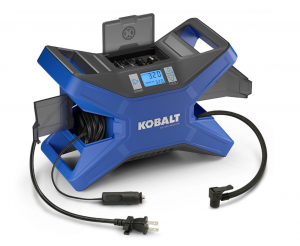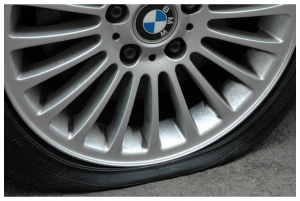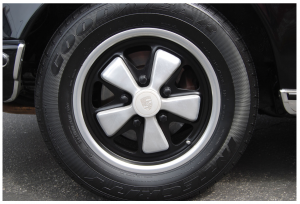What do you do when your vehicle lasts too long? This sounds like an answer to a question that no one is asking, but bear with us for a bit here. What happens if your car outlasts the technology that it came equipped with? That issue is soon to impact many BMW owners, with the cessation of connected services for 2nd Generation Global System for Mobile Communications equipment (2G GSM), as the network that supports communication services is shutting down on December 31st, 2016. Emergency notification, roadside assistance, remote door unlocking, and turn-by-turn directions will no longer function after that date.
Connected vehicles are not so much the autonomous machines they are portrayed to be, as they rely on supporting infrastructure to stay connected. As communications companies upgrade and replace their systems and equipment, older technology gets orphaned, and the costs to bring that older technology back into functional status can be substantial. With regard to the BMW Assist system, the tab runs over $1000 to retrofit and reprogram the networking hardware and software. While 2G GSM-equipped BMW’s running on the AT&T network go offline now, many more nameplates’ day of reckoning loom ahead on the calendar. Both GM and Mercedes-Benz have already gone through this process back in 2008, and Nissan is seeing it on their horizon as other carriers such as Verizon cease their support of in-place technology.
The magnitude of this problem continues to grow as vehicles last longer with every new generation. It is routine to expect that your BMW, Audi, Porsche, or Mercedes-Benz will last 100,000 miles, and a well-cared for example of any of these nameplates should go for 200,000 miles easily. This puts a vehicle’s expected lifespan well over 10 years, which is a lifetime in communications technology, almost guaranteeing a shutdown or major alteration of the vehicle’s networking capabilities.
So, what can you do about it? Well, the good news is that many manufacturers are moving toward integrating their vehicle communication systems with smartphone hardware rather than keeping hardware proprietary and onboard the vehicle. Think Apple’s CarPlay, where rather than using a manufacturer’s navigation system, your car merely links to your phone via Bluetooth, and the phone does the heavy-lifting of running navigation, connecting to the web, and guiding you to your destination. Since the relatively short time vehicle navigation has come into being, with it’s annoying and pricey CD-ROM-based updates that were required as maps changed, we’ve already arrived at the point where we can just use the cell phone, which does an infinitely better job of route guidance than the old onboard systems. Soon, the thought of taking minutes to type in an address into the clunky vehicle system’s interface will be forgotten in lieu of speaking your destination into your phone. Cell phones are easier and cheaper to upgrade than vehicle networking systems, and they improve in capability and function at a far faster rate than embedded vehicle system tech, so CarPlay and Google’s Android Auto products are a definite win for the consumer.
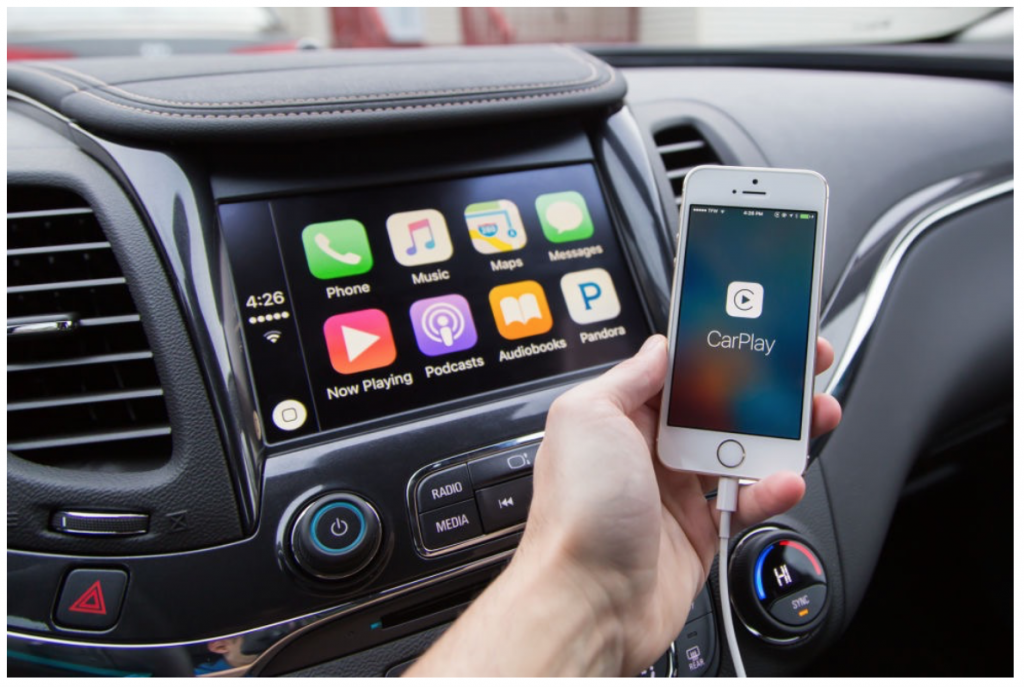
In a similar vein, avoiding the “Vehicle Infotainment System” in favor of iPads or Android tablets is a huge money-saver at the time of purchase or lease, as well as miles down the road. Replacing just one rear seat LCD screen for a Mercedes R350 can easily top $1000. Replacing a cracked or malfunctioning screen on an iPad? About $150 to have it done, or $40 if you want to have an adventure and try doing it yourself! (It’s really not very hard to do). When you consider the upfront cost of an in-vehicle, manufacturer provided entertainment system as opposed to 2 or 3 iPads for the younger backseat passengers, it does not make much sense to spend between $1000 to $2500 on the manufacturer’s hardware. Just the option of the kids being able to choose their own individual entertainment and gaming selections, and eliminating the arguments over whose turn it is to pick on a long road trip is worth something substantial.
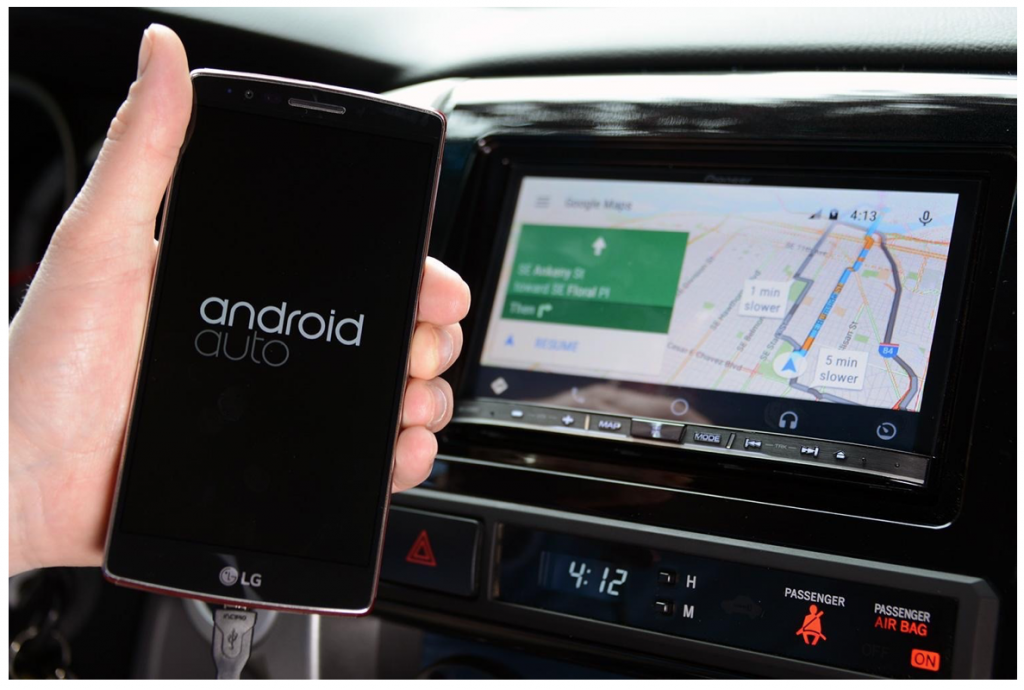
The increasing array of choices for consumer communication, navigation, and entertainment in current and future vehicles bodes well for the ability to keep your car for many more years than your parents’ generation. We recommend taking advantage of the powerful technology available in handheld mobile electronics, and allow cheaper and easier to upgrade products such as cell phones, tablets, and laptops to handle the application functions in your driving life, while keeping vehicle functions down to what they do best: a great driving experience, and only connecting to these outside devices, not duplicating their functionality. There are signs that some vehicle manufacturers are “getting it” regarding their strengths, and letting the technology and communication companies integrate the things that they do best, communicating with the world outside of your vehicle. Here’s hoping that all car makers get on board with the program.
